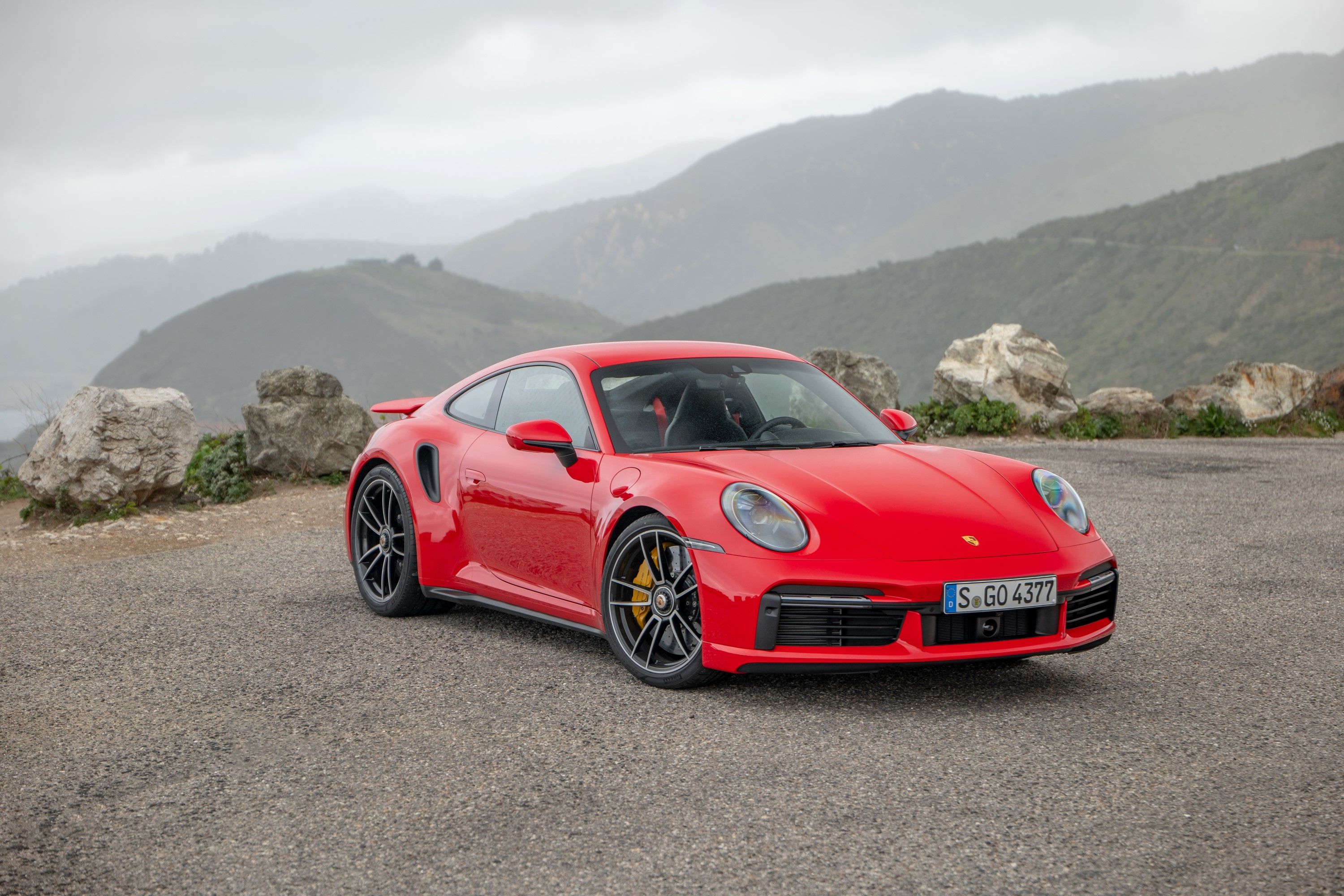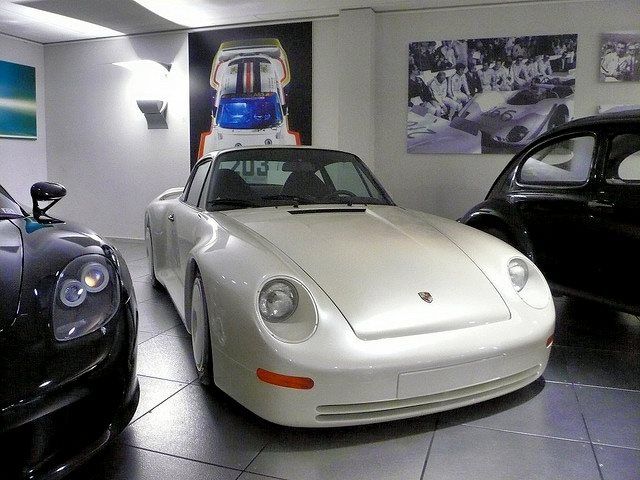
The 959 was conceived as a test bed for new technology which Porsche was looking to incorporate into the 911 range. It was based on the 964 generation of the 911, although it is important to note that no other 964 911 came close to the levels of performance or desirability achieved by the 959. The 959 is unique on this list, in that it was homologated for a racing series which it never competed in, but managed to have a successful racing career anyway.
As far back as 1981, the Audi Quattro was making waves in the world of motorsport. It demonstrated the value of all-wheel-drive for going fast in dirt and snow, but Porsche got the idea that they could take it one step further. The car was under development for years, but when it finally broke cover one of the most important features of the 959 was its all-wheel-drive system. Unlike the Quattro's system, which was a highly advanced but fully mechanical system, the 959 utilized the new "Porsche-Steuer Kupplung" (or PSK) system.
This was a highly advanced electronic AWD system which was designed to handle not only dirt and snow, but also the kind of hard acceleration and cornering experienced while driving fast on pavement. The 959 also demonstrated improvements in aerodynamics, as well as electronic engine management, something also in its infancy. Aluminum, Kevlar and Nomex were all employed in the construction of the car, all of which saved a tremendous amount of weight, which was important for an AWD sports car. Even the wheels are special, being made of magnesium alloy and hollow.
This forms a single sealed chamber with the tire, and incorporates a tire pressure sensor system, not a very common feature in 1986. The engine in the 959 was not all-new, but was modified for use in the new car. The 2.8-liter flat-six came from the 935 race car, itself derived from the 930, the Porsche 911 Turbo road car. The engine block was air-cooled, but the four-valve heads were water-cooled. Most turbocharged cars of the day had tremendous lag, resulting in a kind of on/off boost situation, where the driver would experience a sudden surge of power, sometimes making the car difficult to control.
The 959, however, had a new sequential system, which made for a smoother application of power. Other turbocharged cars of the day (including the 911 Turbo) tended to suffer from turbo lag, and the 444 horsepower produced by the 959's engine was put to much better use than it would have been in another car. The 959 could hit 62mph in just 3.7 seconds (it's important to remember that a Lamborghini Countach of the same year took 5.2 seconds) and could even run a standing quarter mile in 11.9 seconds. Its top speed of 195mph made it the fastest production car in the world for 1986, before the record was broken by the Ferrari F40 in 1987.
It was originally thought that the 959 would race in Group B rallying, it was even called the "Gruppe B" during its development, but Porsche grew to think that Group B was getting less and less relevant to road cars. More importantly, production of the 959 didn't really get underway until 1986, which was also the last year of Group B. Instead, some prototype 959 cars competed in the Paris-Dakar Rally. These didn't do so well, but when the full-fledged 959 cars competed in the 1986 rally, they went home with a 1-2 finish. Another 959 was slightly modified to compete in the 1986 24 Hours of Le Mans as well.
This car was officially designated as a 961, and it is the only such model in existence. The car was lightened somewhat, downforce was increased, and boost was cranked up to increase power output to 680 horsepower. It finished first in its class and seventh overall, beating a number of purpose-built prototypes. The 959 only lasted until 1989 (although Porsche built another eight in 1992 and '93), and only 337 were built. It was the only time that Porsche as built a money-is-no-object version of the 911, and it was many years before Porsche would build a 911 that was as fast as the 959.
Much of the technology, including the all-important AWD system, was incorporated into the 993 generation in 1993, although it still wasn't nearly as fast. The 959 has become an important collector's car. Porsche was unwilling to hand over any to NHTSA for crash testing, so it was never officially street legal in the US. But collectors were so insistent that they be allowed to buy them for what became known as "Show and Display" purposes that an exception was eventually made, which also allowed collectors to buy other cars which were previously unavailable to them.
Of course, this happened only after a 959 belonging to Bill Gates sat in a customs warehouse in the Port of Seattle for 13 years. It is an incredibly valuable car today, as well as a symbol of what can be accomplished when an automaker is determined to make something the absolute best.

